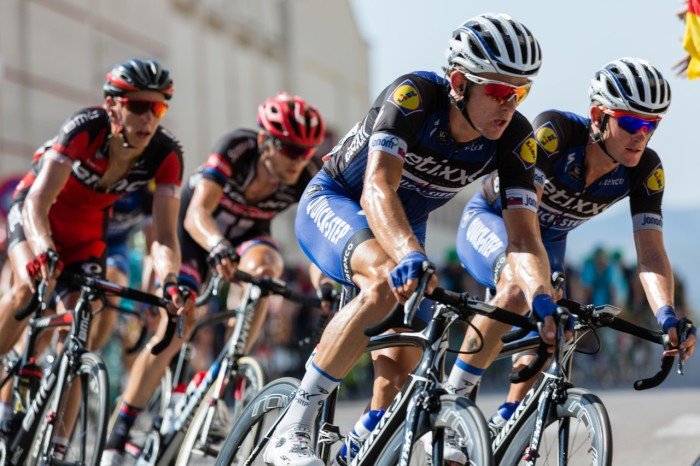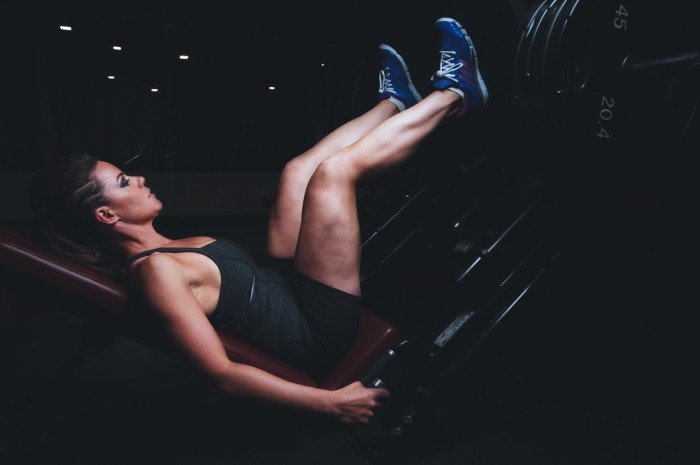Athletes Aren’t Immune to Pelvic Floor Muscle Dysfunction
By Andrea Meade, Reg. PT
Athletes are envied for their outstanding levels of fitness, feats of strength and endurance, mental toughness and ability to perform under pressure during competition. With the definition of ‘athlete’ being a person who is proficient in sports and other forms of physical exercise, they are sometimes erroneously assumed to be in perfect condition!
In fact, the majority of clients that seek the advice of a pelvic health physiotherapist are athletes of some caliber. It is because of their exposure to extreme forces, speeds and schedules that athletes are susceptible to injuries. When injuries arise, it has an impact on an athlete’s ability to participate in training and competition, and can negatively affect confidence and self-esteem.
The pelvic floor muscles are an essential component for proper functioning of the core muscles, which also include the respiratory diaphragm (main breathing muscle), the multifidi (deep spinal muscles), and the transversus abdominus (deep abdominal muscles). Good function and cooperation among these four muscle groups is what makes peak performance possible.
Many athletes are unaware that the demands of their sport, or the ways in which they train, may put them at risk for pelvic pain and pelvic muscle dysfunction. And while most sportspeople have a good working knowledge of their bodies – and practice a broad repertoire of activities in their routines – the majority lack a basic understanding of how to train and rehabilitate the pelvic floor muscles. Not only can common sports injuries of the groin, hip and low back have negative effects that spill over to the pelvis, but some sports place high demands directly on the structures in, around and adjacent to the pelvis and pelvic floor.
Sports which involve explosive vertical jumping or lifting demand a certain amount of strength and power from the pelvic floor muscles in order to minimize intra-abdominal pressures and ground forces as the load becomes airborne and then returns to earth. A successful performance is characterized by good body mechanics, which signifies that the body was able to meet the demands of the activity. Signs and symptoms which point to inadequate ability to manage this include urinary incontinence and in fact, higher levels of incontinence are reported and recorded in powerlifting and in jumping sports such as trampoline, gymnastics, track and field and volleyball.
Other sports may demand moderate levels of strength, but require an exceptional amount of muscular endurance from the pelvic floor muscles. Activities which involve repeated or sustained muscle activity from the core – such as in rock climbing, swimming, and many styles of dance – require the athlete to sustain a relatively static, balanced position for an extended period of time.
In addition, certain sports may directly compress the pelvic floor tissues, resulting in injuries to the superficial muscles, bones, nerves and blood vessels. Cycling is an example of such a sport, where the cyclist is perched on a narrow seat for tens of kilometres at a time. Pudendal neuralgia, a condition where a key nerve in the pelvis becomes irritated, is prevalent in cyclists and leads to a cascade of symptoms ranging from urinary frequency to numbness to pain or sexual dysfunction.
Athletes work to train their bodies to be as efficient as possible in their particular sport. Whether it is recreational running, a summer Ultimate league, or semi-professional beach volleyball their goal is to safely resume the athletic activities that they love. Understanding how a healthy pelvic floor fits into this picture – and knowing how yours measures up – is paramount for your peak performance.
References:
www. merriam-webster.com/dictionary/athlete
Bo, K. 2004. Urinary incontinence, pelvic floor dysfunction, exercise and sport. 2004. Sports Medicine; 34(7): 451-464.
Da Roza, T., Brandao, S., Mascarenhas, T., Jorge, RN, Duarte, JA. 2015. Volume of training and the ranking level are associated with the leakage of urine in young female trampolinists. Colin J Sport Med; 25(3): 270-275.
Perez-Lopez, FR and Hita-Contreras, F. 2014. Management of pudendal neuralgia. Climacteric; 17: 654-656.
Vitton, V, Baumstarck-Barrau, K, Brardjanian, Sarah, Caballe, Isabelle, Bouvier, M, and Grimaud, JC. 2011. Impact of high-level sport practice on anal incontinence in a healthy young female population. Journal of Women’s Health; 20: 757-763.



